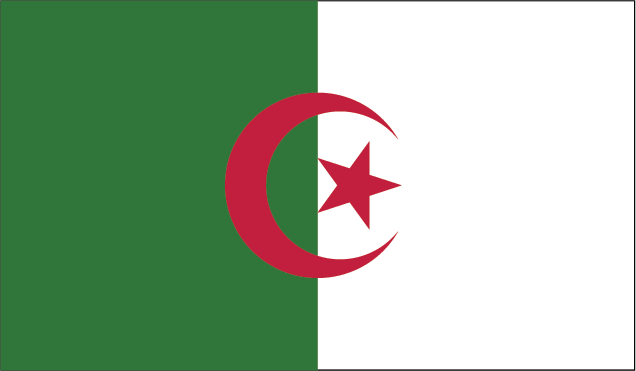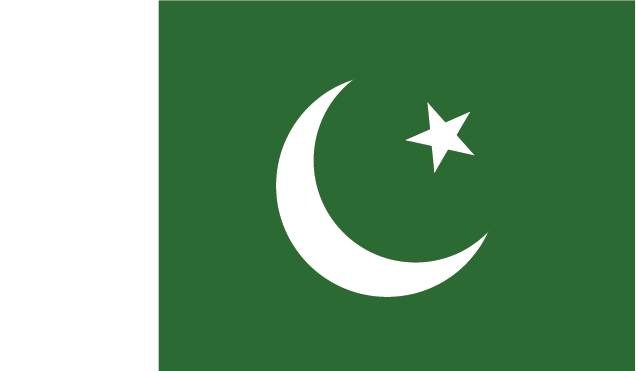OVERVIEW
ROLES AT IMM
2019
IMM International Faculty
Algebraic Topology
Course
Pakistan
Fall
What are your current areas of research and what excites you most about these areas?
Arrangements of Hyperplanes, (It was my main research theme up to 2000's).
Computational Topology, applications to robotics.
Topology and Big Data.
Elliptic functions, elliptic curves and algebraic curves.
How would you define your field of study? What is your vision about it? Which are the topics you're most passionate about?
When I began to do mathematics, the mathematicians were clearly identified to some speciality, analysis, algebra, and so on. Fortunately, the situation changed towards more multidisciplinarity. For example, the Poincaré conjecture resisted to topologists for almost one century and G. Perelman using technics outside topology solved this problem in 2004. My field of research is mainly about arrangements of hyperplanes. This topic requires algebra, combinatorics, topology, algebraic geometry, differential geometry, singularity and in the 2000s, we realize that it was connected with Robotics. I appreciate the diversity of points of view which give a deeper understanding of the problem. It was the main reason why I was interested by this topic.
CURRICULUM
from 2008 to Present
Professor Emeritus, Côte d'Azur University
France
What inspired you to teach for IMM? How have you found your experience at IMM?
My first experience in developing countries was in China when I was in charge of a Chinese-French project whose the goal was to create a school of mathematics in China. It was just after the cultural revolution and there were almost no mathematicians in China. Among the students who followed this program, about 80 were selected to do their PhD in France. Almost all of them got some position of professor in French universities and some years later, they came back to China where they got positions of professor in many universities.
Ten years later, I became director of CIMPA. It was a wonderful experience. Among so many activities, I can mention the master program that CIMPA organized in Cambodia. The Khmers rouges destroyed the education system in Cambodia and teaching mathematics consisted to read a book and to learn by heart some formulas. Due to this master program, there are now more than 15 Cambodian PhD holders in maths.
I could mention many other interesting experiences in Africa, in Latin America, in South East Asia, in the Middle East countries. There is one common factor in all these experiences, it is the strong desire to learn mathematics in all these countries. I was invited several times in Pakistan as speaker in Conferences and when a colleague proposed me to give this course in COMSATS, I did not hesitate.
In most of the developing countries, Topology and Geometry are the weak points in maths. So, I am happy when I have the opportunity to give some lectures on these topics. A. Zomorodian (Topology for Computing) opinion reflects the idea that most students have of topology:
The axiomatic nature of topology further compounds the problem as it generates crypticand esoteric terminology that makes the field unintelligible and inaccessible to non-topologists. Topology can be very unintuitive and enigmatic and therefore can appear very complicated and mystifying, often frightening away interested computer scientists.
What is your teaching philosophy? What would you like to transmit to your students? How do you motivate them?
I remember when I started to teach mathematics in Cambodia. The students did not understand the reason why I gave the proof of the theorems. For them, it was enough to believe they are true. On the other hand, I remember most of my professors who taught maths as sequences of propositions, lemmas, theorems, without any explanations other than the proofs. Most of the courses were so boring but despite of it, I liked very much maths and I decided to become professor and never to teach like this. The students can read the propositions, theorems and their proofs in books or some lecture notes. So, I prefer to focus my lectures on some main points, for example, what is the meaning of the definition of a topology, why the definition of continuous maps consists to consider the inverse images of open sets and not the direct images, to give a global view of constructions of topological spaces and to introduce the principe of duality, and so on. I insist on the following point, the students have always to ask why they introduce a definition, why they study such theorem . . . It makes them uncomfortable at the beginning, but after some examples, most of them agree with this way to study maths.


